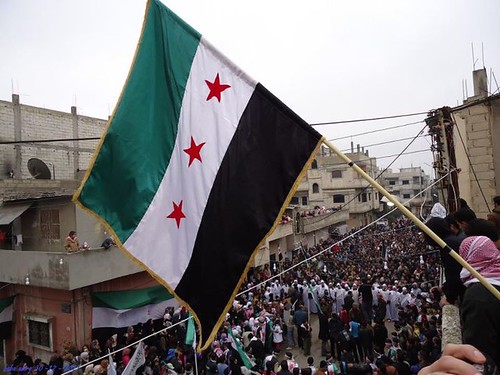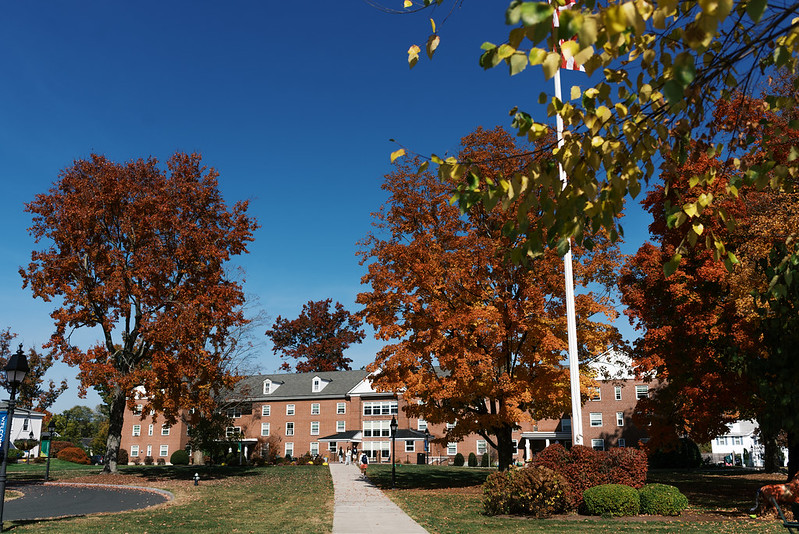by Cameron Hill ’15

For two years, Syria has been enmeshed in a brutal civil war. The U.N. estimates more than 70,000 Syrians have been killed in the conflict. Last month, the number of refugees who have fled the nation reached one million, about 5% of Syria’s total population. Over two million more people are classified as internally displaced persons (IDPs). The departure of refugees from Syria has increased dramatically in recent months; between seven and eight thousand people continue to leave the country every day, half of whom are children. The U.N.’s refugee chief reported in March that the number of refugees who have left Syria could triple by the end of this year.
Neighboring countries Lebanon and Jordan have each received over 300,000 refugees. Turkey and Iraq have also seen a great influx of migrants, around 185,000 and 105,000 respectively. Syria’s refugees continue to place great economic strain on the countries to which they have fled. For example, Jordan, a country with an insufficient water supply and an unofficial employment rate of 30% in 2012 (according to the CIA World Factbook), simply lacks the money to provide education, housing, food, and water to all the Syrian refugees it holds or open the two new refugee camps it requires. In Lebanon, Syrian refugees now account for 10% of the nation’s population. Tensions are rising between refugees and local populations. Remarkably, these nations continue to keep their boarders open to refugees and attempt to provide aid.
In December, the United Nations stated it needed $1.5 billion in order to aid Syria’s refugees and IDPs. It has received only 20% of that sum.








